Are you wondering if you can mix universal coolant with green coolant? It’s a common question among car owners who are looking to save money or simply don’t have access to the same type of coolant they previously used.
Before you start mixing different types of coolant in your car, it’s important to understand the differences between green and universal coolant and the potential risks and benefits of mixing them.
Can You Mix Universal Coolant with Green Coolant?
It’s generally not recommended to mix universal coolant with green coolant, as they may not be chemically compatible. Mixing different types of coolant can cause gelling or other problems that can damage your cooling system. If you need to top off your coolant, it’s best to use the same type of coolant that is already in your system. You can usually find this information in your owner’s manual.
Table of contents
Differences Between Green and Universal Coolant:
So, you’re wondering if you can mix universal coolant with green coolant. Well, let’s first talk about the differences between the two options.
Conventional Coolant:
Green coolant, also known as conventional coolant, is made from a base of ethylene glycol and contains silicate and phosphate as additives.
On the other hand, universal coolant is a newer type of coolant that is made to work with a wider range of vehicles.
It is typically a mix of propylene glycol and ethylene glycol with organic acids as additives.
Cost-Effectiveness:
One of the main differences between green and universal coolant is their cost-effectiveness. Green coolant is relatively cheaper than universal coolant, making it a popular choice for those on a budget.
However, universal coolant is designed to last longer and requires less maintenance, which can save you money in the long run. It is also better suited for newer vehicles that require a more advanced type of coolant.
Environmental Impact:
Another important factor to consider when choosing between green and universal coolant is the environmental impact of your choice.
Green coolant contains silicates and phosphates, which can be harmful to the environment if not disposed of properly. Universal coolant, on the other hand, is typically free of these harmful additives and is more environmentally friendly.
So, if you’re looking to make an eco-friendly choice, universal coolant may be the better option for you.
Risks and Benefits of Mixing Coolants:

When it comes to mixing coolants, there are certain risks and benefits that you should be aware of.
One of the most important things to consider is the possibility of chemical reactions that can occur between incompatible coolants.
Mixing green and universal coolant, for example, can lead to corrosion and damage to engine parts. On the other hand, using a compatible coolant can provide improved protection and a longer lifespan for your engine.
It’s important to understand these key points before making any decisions about mixing coolants.
Chemical Reactions:
Hey, if you’re thinking about mixing universal coolant with green coolant, you should know that chemical reactions can occur, so it’s best to stick with one type of coolant.
Chemical compatibility is important to consider when mixing coolants, as different types of coolant contain different chemical compositions.
Mixing incompatible coolants can result in potential hazards such as corrosion, clogging, and overheating.
When different coolants are mixed, a chemical reaction can occur, leading to the formation of new compounds that may not be compatible with the engine components.
For instance, mixing universal and green coolants can lead to the formation of a gel-like substance that can clog the engine’s cooling system.
Moreover, the acidity of the coolants can also differ, leading to corrosion of the engine’s metal components.
In summary, it’s best to avoid mixing different types of coolants to prevent any chemical reactions that may lead to potential hazards.
Corrosion and Damage to Engine Parts:
Mixing different types of coolant can result in damage to engine parts due to corrosion caused by the varying acidity levels of the coolants.
This can happen when universal coolant is mixed with green coolant, as they have different chemical compositions that can react negatively with each other.
The following are some of the effects on coolant performance and engine parts that can result from coolant contamination:
Watch this video for more risks:
Improved Protection and Longer Lifespan:
By using the appropriate coolant for your engine, you can ensure improved protection and a longer lifespan for your vehicle’s cooling system.
The benefits of using the correct coolant include better heat transfer, reduced corrosion and rust, and improved lubrication for the water pump.
In addition, using the correct coolant can also prevent the formation of scale and deposits, which can clog up the radiator and other components of the cooling system, leading to overheating and engine damage.
When it comes to compatibility, it is important to remember that not all coolants are created equal.
Mixing two different types of coolant, such as universal coolant and green coolant, can lead to problems such as reduced effectiveness and increased corrosion.
It is always best to use the recommended coolant for your specific make and model of vehicle, as this will ensure the best possible performance and longevity for your cooling system.
By taking the time to choose the right coolant for your engine, you can enjoy the benefits of improved protection and a longer lifespan for your vehicle’s essential components.
Recommendations from Car Manufacturers and Mechanics:

According to both car manufacturers and mechanics, it’s recommended to use the same type of coolant throughout the entire system to ensure optimal performance.
While universal coolants claim to work with any color of coolant, experts warn against mixing them with green coolant.
Car manufacturers recommend sticking with the original type of coolant specified in the owner’s manual.
Green coolant, also known as ethylene glycol coolant, contains silicate additives that protect against corrosion.
On the other hand, universal coolants are made of organic acids that do not contain silicates.
Mixing the two types of coolant can result in an imbalance of silicate additives, which can cause corrosion and damage to the engine and radiator.
While it may be tempting to mix coolants to save money or time, it’s important to follow car manufacturer recommendations and expert opinions on coolant compatibility.
Using the wrong type of coolant or mixing different types can lead to expensive repairs and reduced engine performance. It’s better to err on the side of caution and stick with the recommended coolant for your vehicle.
How to Determine the Type of Coolant in Your Car?

Check the Color of The Liquid:
To identify the type of coolant in your vehicle, it’s necessary to locate the coolant reservoir and check the color of the liquid inside. The color of the coolant can give you a clue about the type of coolant used in your car.
Color of The Coolant Doesn’t Always Indicate the Type of Coolant:
Most cars use either green or orange coolant, but some may use blue, yellow, or red.
It’s important to note that the color of the coolant doesn’t always indicate the type of coolant, as some manufacturers may use different colors for the same type of coolant.
Mixing Different Types of Coolant Can Lead to Coolant Problems:
Common misconceptions about coolant include the belief that all coolants are the same and can be mixed together.
Mixing different types of coolant can lead to coolant problems, such as corrosion and clogging. If you’re unsure of the type of coolant in your car, it’s best to consult your car’s manual or a mechanic.
Signs of coolant problems:
Signs of coolant problems include low coolant levels, overheating, and a sweet smell coming from the engine. If you notice any of these signs, it’s important to have your car checked as soon as possible.
Ignoring coolant problems can lead to engine damage and costly repairs. So, if you’re experiencing any issues related to the coolant in your car, it’s best to have them checked by a professional.
Steps for Safely Mixing Coolants:
When it comes to mixing coolants in your car, there are a few key steps to follow to ensure you do it safely and correctly.
By following these steps carefully, you can ensure that your coolant mixture will help keep your engine running smoothly and efficiently.
Draining and Flushing the System:
Flushing and draining the system is essential if you want to mix universal coolant with green coolant without causing any damage to your engine. Here are some steps to follow:
Following these flushing procedures will ensure that there are no compatibility concerns when you mix universal coolant with green coolant.
It is important to note that flushing and draining the system is a time-consuming process, but it is necessary for the longevity of your engine.
By taking the time to properly flush and drain the system, you can avoid costly repairs in the future.
Adding the Correct Proportion of Coolants:
Now that the system is drained and flushed, it’s time to add the right amount of each type of coolant to ensure optimal engine performance.
It’s important to mix the coolants in the proper proportion and ensure their compatibility to prevent any damage to the engine.
Adding too much of one type of coolant or mixing incompatible coolants can result in poor engine performance, overheating, or even engine failure.
To ensure the proper proportion of coolants, refer to the owner’s manual or consult with a mechanic. In general, a 50/50 mix of coolant and distilled water is recommended for most vehicles.
However, some vehicles may require a different ratio, so it’s important to check before adding the mixture. Additionally, make sure that the coolants are compatible with each other and with the engine’s materials.
Using the wrong type of coolant can lead to corrosion and damage to the engine. By following these guidelines, you can ensure that your engine is running at its best and avoid costly repairs down the line.
| Type of Coolant | Compatibility | Proper Proportion |
|---|---|---|
| Universal Coolant | Compatible with most types of coolant | 50% coolant, 50% distilled water |
| Green Coolant | Compatible with older vehicles | 50% coolant, 50% distilled water |
| Red/Pink Coolant | Compatible with newer vehicles | 50% coolant, 50% distilled water |
| Orange/Yellow Coolant | Compatible with Asian vehicles | 50% coolant, 50% distilled water |
Testing the Mixture and Adjusting as Needed:
After adding the proper proportion of coolant and distilled water, it’s important to test the mixture and adjust as needed to ensure optimal engine performance.
There are several testing methods available to determine the effectiveness of the coolant mixture. One common method is using a refractometer to measure the ratio of coolant to water.
This tool measures the refractive index of the coolant and water mixture, which corresponds to the concentration of the coolant.
If the concentration is too high or too low, adjustments can be made by adding more coolant or water accordingly.
However, there are potential issues that can arise when testing the coolant mixture.
One issue is the possibility of air pockets forming in the system, which can affect the accuracy of the test results. It’s important to perform the test with a properly bled system to ensure accurate readings.
Additionally, if the coolant mixture is found to be too diluted or concentrated, it’s important to address the issue promptly to avoid potential engine damage.
By testing and adjusting the coolant mixture as needed, you can ensure optimal engine performance and longevity.
Alternatives to Mixing Coolants:
If you want to avoid potential issues, you shouldn’t mix universal coolant with green coolant, but there are other options available for you to explore. Here are three alternative solutions to consider:
Flush the Coolant System:
One way to avoid mixing coolants is to flush the coolant system completely. This allows you to start fresh with a single type of coolant.
Flushing the system removes all of the old coolant and any debris that may be present in the coolant system.
This is a time-consuming process, but it is the only way to ensure that the coolant system is free from any contaminants.
Use a Universal Coolant:
If you have a green coolant system and want to switch to a universal coolant, you can do so without mixing coolants. Universal coolants are designed to be compatible with any type of coolant system.
They are a great option if you want to avoid compatibility concerns and potential issues that may arise from mixing coolants.
Consult a Professional:
If you are unsure about what coolant to use or how to properly flush your coolant system, it is best to consult a professional.
A mechanic or coolant specialist can provide you with the guidance you need to ensure that your coolant system is running smoothly and that you are using the correct type of coolant.
They can also help you identify any potential compatibility concerns and advise you on the best course of action.
Can I Mix Two Different Colors of Coolant?
It is generally not recommended to mix different colors or types of engine coolant. Different coolant types have different corrosion inhibitors that may not be compatible when mixed. This can cause buildup and clogging in the cooling system over time.
The color of coolant is usually from dye additives and does not necessarily indicate the coolant type. However, different colors usually signify different coolant formulations. Mixing different colors increases the chances of mixing incompatible coolants.
If coolants must be mixed, it is best to thoroughly flush the system and replace all coolant with a premixed, compatible formula.
Is Green Antifreeze Universal?
Traditional green coolants are based on inorganic additive technology (IAT), using silicate corrosion inhibitors. IAT coolants are not necessarily universal or compatible with other coolant types.
Newer Organic Acid Technology (OAT) coolants are typically dyed other colors like orange, pink, or yellow. OAT coolants use organic acid corrosion inhibitors and are not compatible with IAT green coolants.
So green does not always indicate a universal coolant. The additive technology and corrosion inhibitors need to be matched for compatibility. Mixing incompatible coolants can cause corrosion.
What Happens if I Use Universal Coolant?
Using a true universal coolant provides benefits of corrosion protection for mixing various coolant types. They contain hybrid organic acid technology (HOAT) allowing compatibility with IAT and OAT coolants.
When refilling or topping off, a universal coolant helps avoid depleted additives or incompatible mixing. This prevents scale buildup and clogging.
If universal pre-diluted coolant is unavailable, distilled water can be safely mixed with any coolant in an emergency. But this dilutes the antifreeze and anticorrosion properties.
Can You Mix Universal Coolant with Pink Coolant?
Yes, universal coolants are designed to be compatible with other types of coolant, including traditional green IAT and newer OAT coolants that are often dyed pink.
The hybrid organic acid technology corrosion inhibitors in universal coolants allow them to be safely mixed with pink OAT coolants without depleting additives or causing corrosion.
Always check manufacturer recommendations, but most universal coolants are suitable for mixing with pink coolant if needed. Thoroughly flush systems when switching coolant types.
Can You Mix Different Colour Engine Coolant?
It is not generally recommended to mix different colored engine coolants if they use incompatible additive technologies. For example, traditional green IAT coolant should not be mixed with newer pink or orange OAT coolants.
Mixing incompatible types can deplete corrosion inhibitors and cause scaling and clogs over time.
To safely mix coolants, use a universal formula compatible with multiple coolant types. Thorough flushing is also recommended when switching between coolant types.
If in doubt, reference manufacturer specifications to determine compatibility. Sticking with one coolant color or type in a vehicle is ideal to avoid incompatible mixing.
Frequently Asked Questions:
What are the specific ingredients in green coolant and universal coolant?
When comparing performance, longevity, and cost, green coolant and universal coolant have different pros and cons. Green coolant contains ethylene glycol and additives, while universal coolant has propylene glycol and special inhibitors. Mixing them may affect their properties. Consider alternative cooling agents carefully.
Can mixing coolants cause damage to the engine or other parts of the car?
Mixing coolants can cause compatibility concerns, potentially leading to damage in the engine or other parts of the car. While there may be pros and cons to using different types of coolant, it’s best to stick to one type for optimal performance and safety.
Is it safe to mix old coolant with new coolant?
Mixing old and new coolant is generally safe if the coolants are compatible. However, it’s best to use the same type of coolant. Different coolant types can react adversely, leading to damage to the engine or other parts of the car.
What happens if you accidentally mix different types of coolants?
Mixing different types of coolant can lead to negative effects on engine performance, such as corrosion and overheating. It is crucial to use the manufacturer recommended coolant to avoid such issues. Don’t compromise your engine’s health for the sake of convenience.
How often should you flush and replace the coolant in your car?
To maintain optimal engine performance, flush and replace your car’s coolant every 2-5 years, depending on the manufacturer’s recommendation. Signs of replacement include rust-colored coolant, overheating, and low coolant levels. Always use distilled water for coolant replacement to prevent mineral buildup.
Conclusion and final thoughts 💭
Mixing universal coolant with green coolant can be a risky move. It is important to understand the differences between the two types of coolant before attempting to mix them.
While universal coolant is compatible with almost all types of coolant, green coolant is not. Mixing incompatible coolants can lead to engine damage and costly repairs.
If you are unsure of the type of coolant in your car, it is best to consult with a mechanic or refer to the car manufacturer’s manual for guidance.
In general, it is recommended to stick with one type of coolant to avoid any potential issues. If you must mix coolants, it is important to follow the steps for safely mixing them to minimize any potential risks.
However, it is always best to avoid mixing coolant altogether and to use a single type for optimal engine performance and longevity.
Latest Posts:
- 10 Best Gear Oil for Limited Slip Differentials (Reviewed!)
- Allison 1000 Transmission Fluid Type (5 Best Options!)
- 91 Octane Vs 93 Which One You Use? (The Surprising Truth!)
- Oil Pressure Gauge Not Working: (Guaranteed Fix!)
- 10 Best Transmission Fluid for 4l60e (Tested by Experts!)
- 10 Best Ceramic Coating For Wheels (Used By Real Users!)

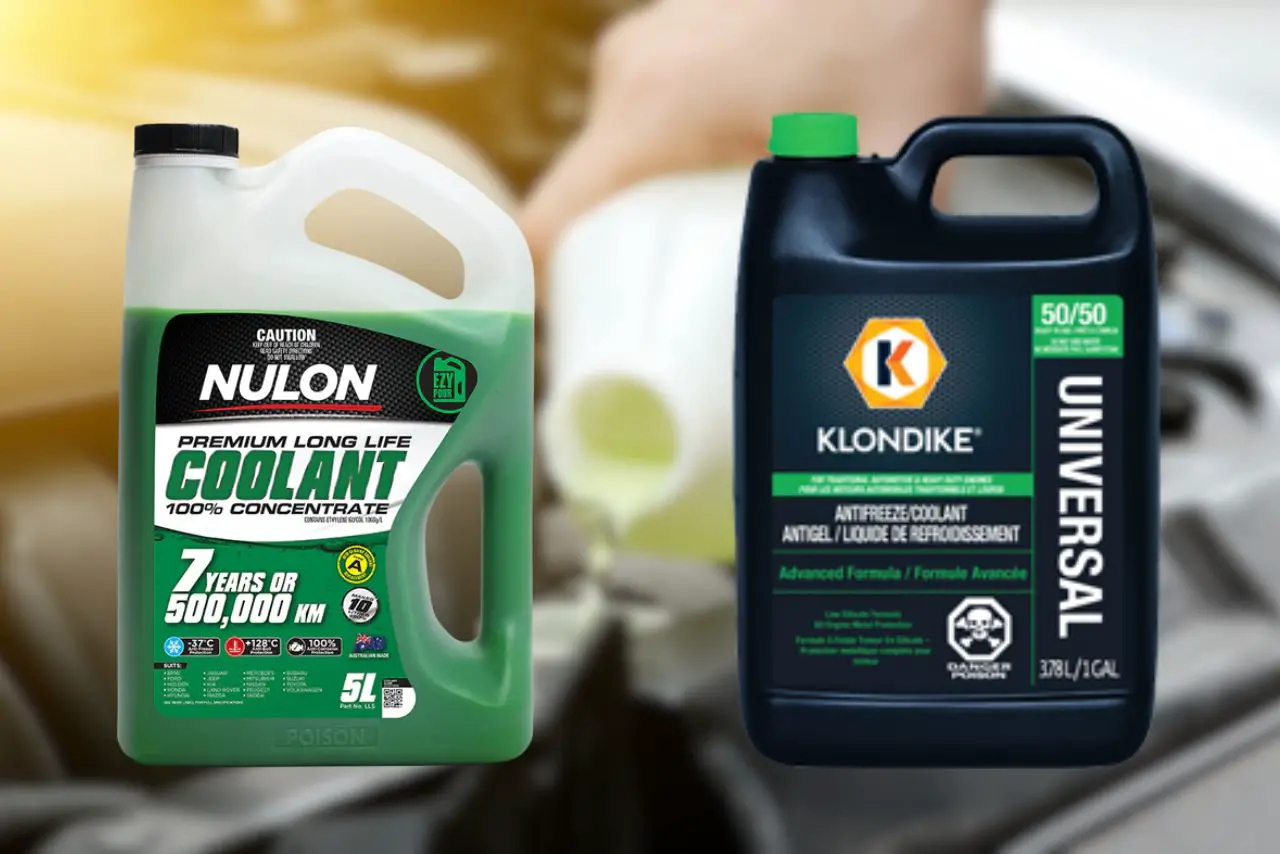
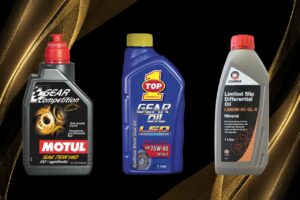



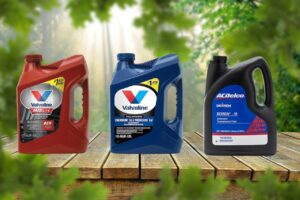

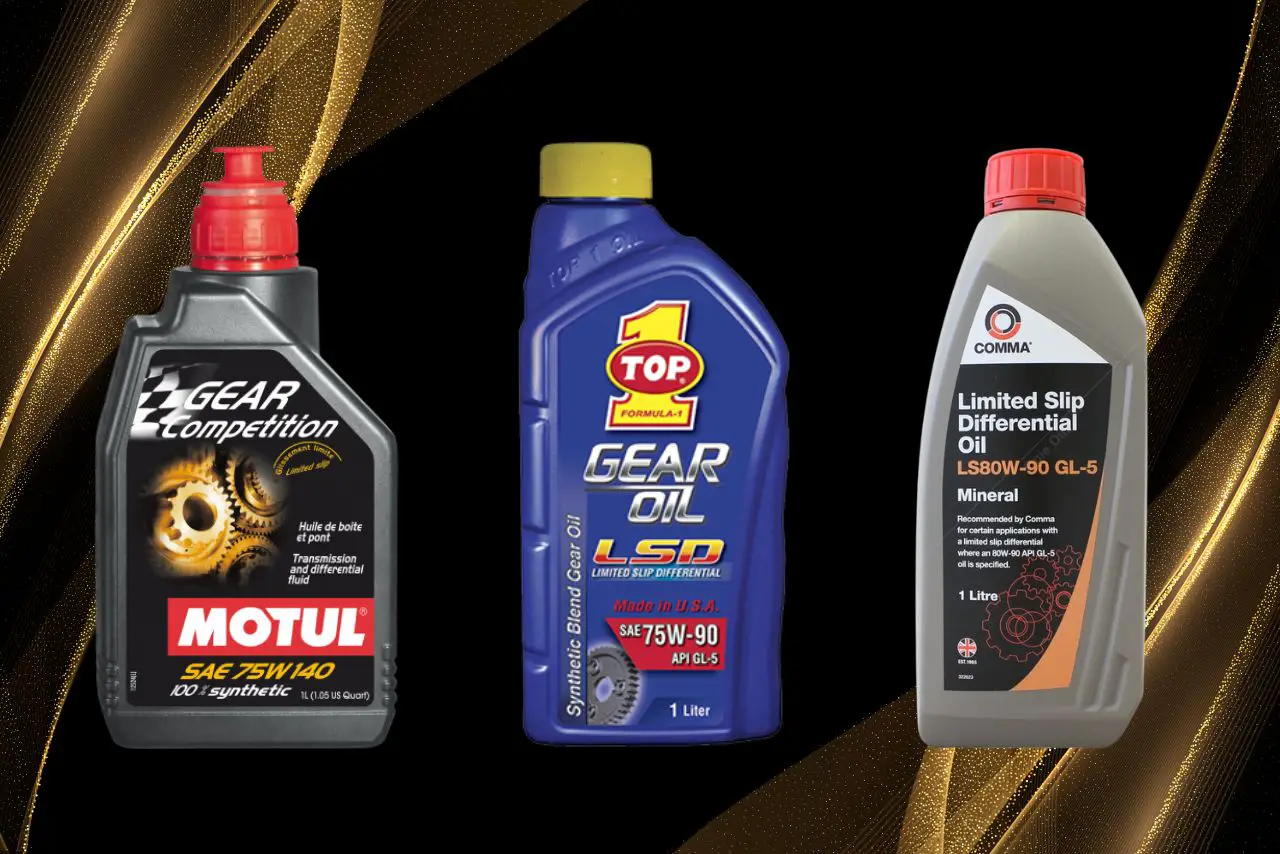
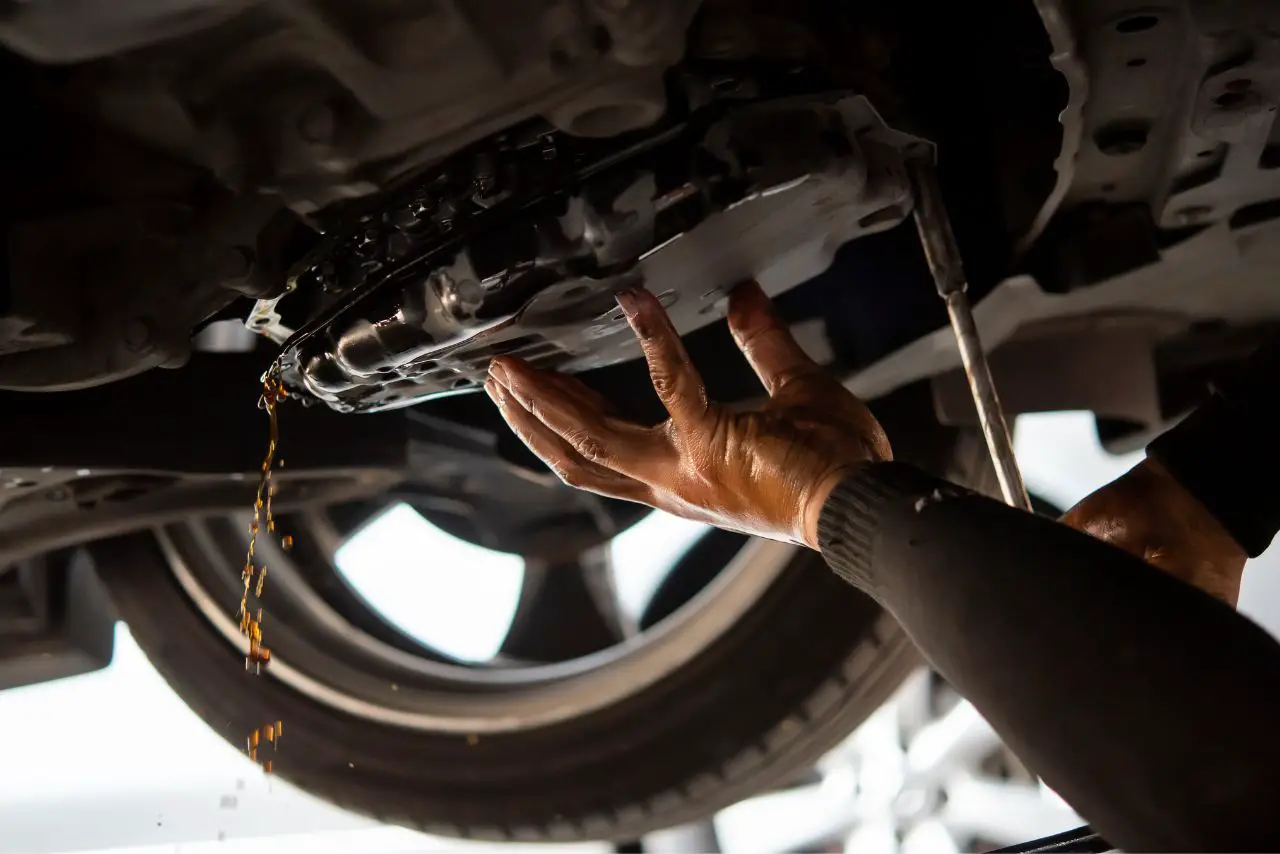
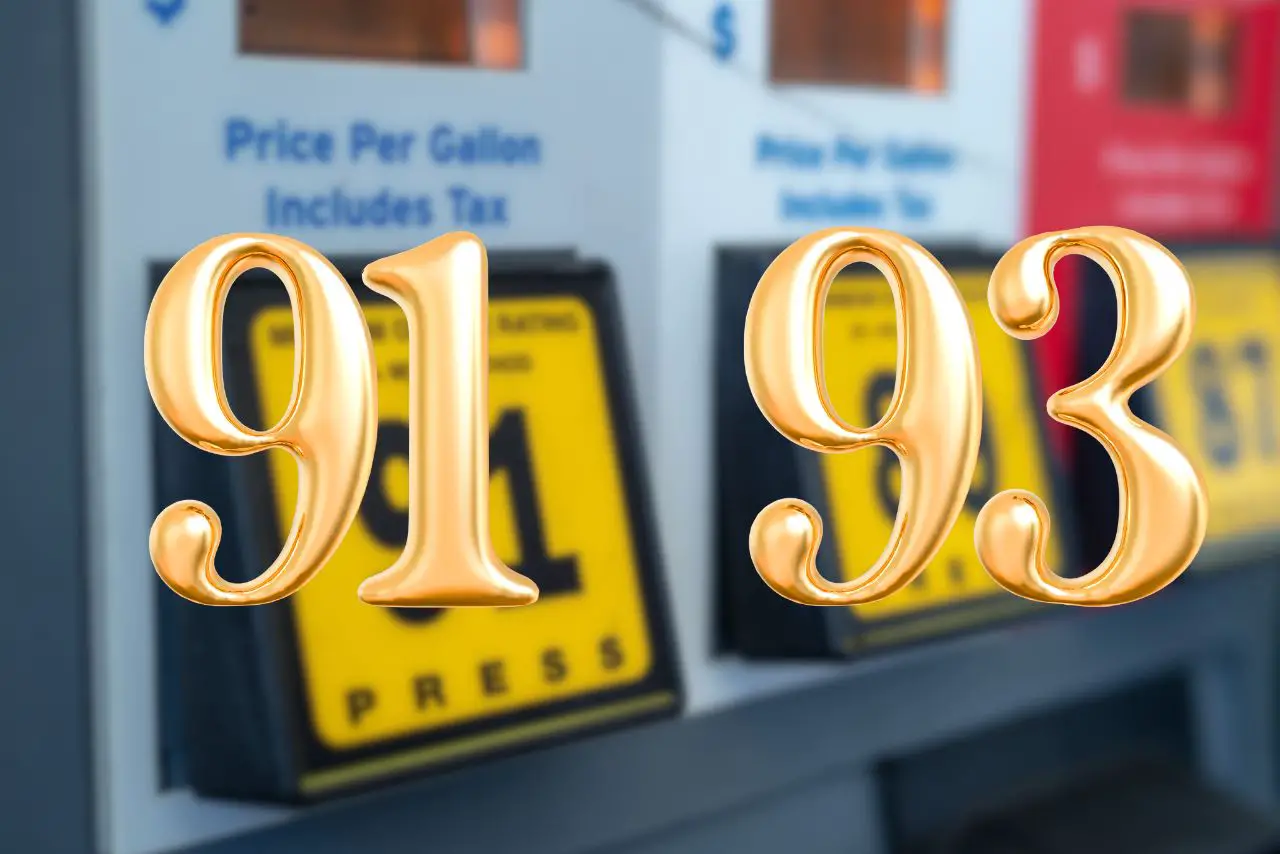
Leave a Reply